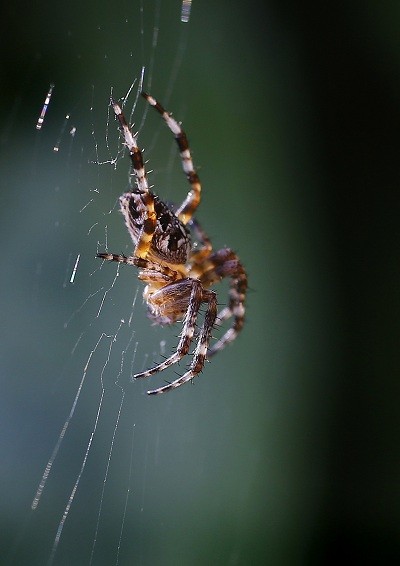Residents of Goulburn, Australia were recently shocked by a phenomenon called spider rain. As the name of the phenomenon implies, millions of tiny spiders rained down from above shrouding the town in spooky silken webs.
Goulburn resident Ian Watson told the Sydney Morning Herald, "The whole place was covered in these little black spiderlings and when I looked up at the sun it was like this tunnel of webs going up for a couple of hundred meters into the sky."
According to Watson, his house looked like it had been "abandoned and taken over by spiders."
It appears, however, that what happened in Goulburn is not an inexplicable mystery as the spider rain phenomenon takes when large groups of arachnids use a technique called ballooning to migrate all at once.
A 2001 study published in the Journal of Arachnology explained that the spiders will simultaneously spin out dozens of silk strands so that they spread out and make a triangular parachute. Through this, the critters are able to catch a breeze toward new ground.
Titled "Dispersal Of Stegodyphus Dumicola (Araneae Eresidae): They Do Balloon After All!," the study was authored by Johanne R. Henshel of Desert Research Foundation of Namibia, yael Lubin of Ben Gurion University of the Negev, and Jutta M. Schneider and Jorg Roos of the University of Mainz.
According to the study, the very large number of threads that widely fan out from the spider's body during the ballooning mechanism enables even large spiders to disperse over large distances.



























